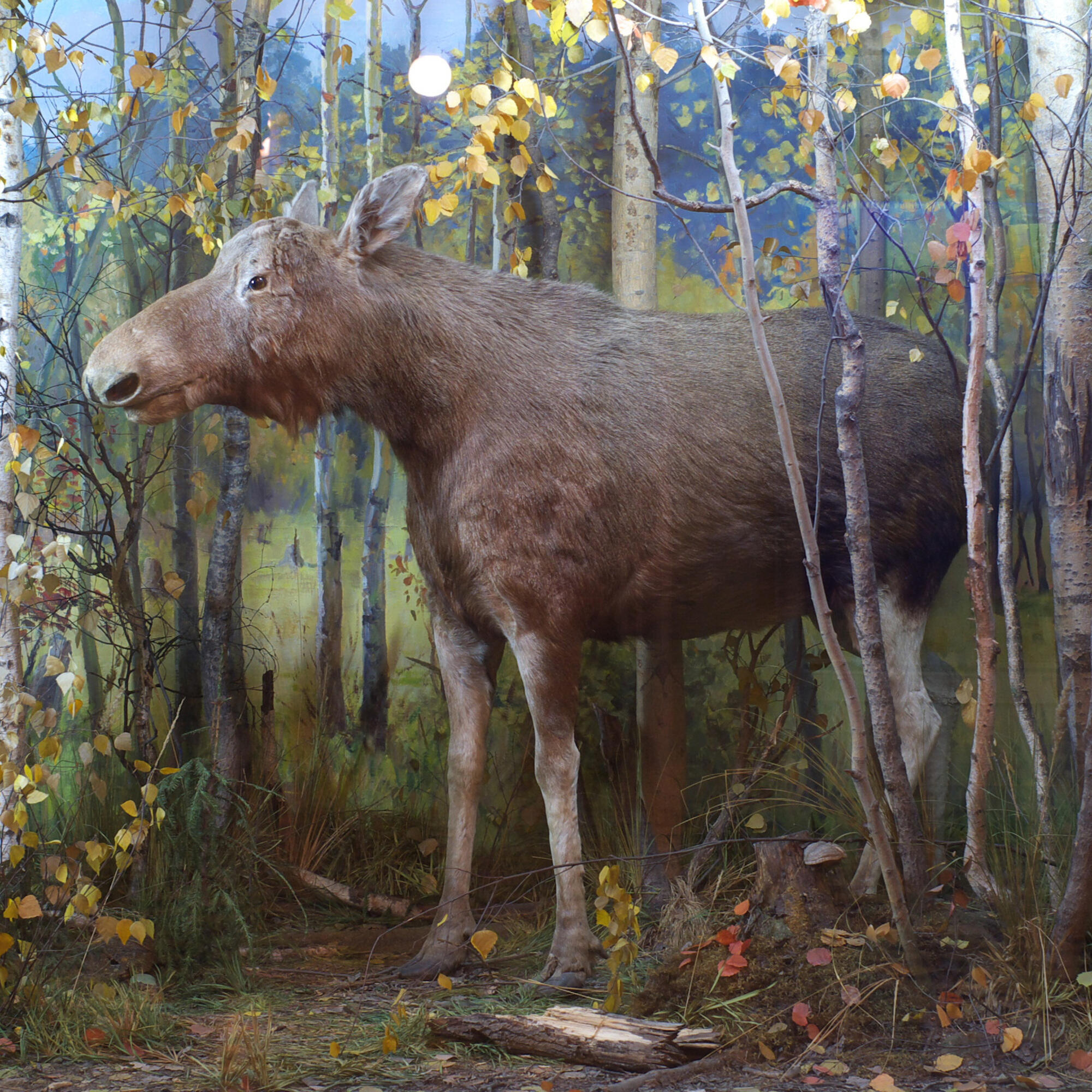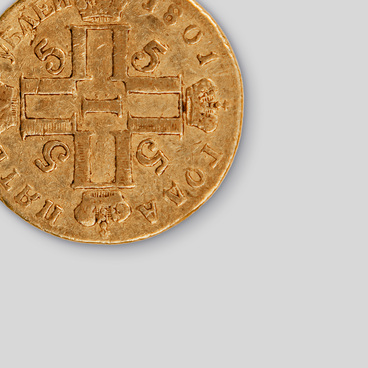The Ivanovo Museum of Local History named after Dmitry Burylin presents a stuffed moose.
A moose is a cloven-hoofed mammal, representing the forest zone. It is also the largest and heaviest of the deer family. The length of its body reaches about three meters with a height at the withers of almost 2.4 meters. These animals can weigh up to 600 kilograms, with males always larger than females. The coloration of moose — the brown upper half and light-colored legs — is a perfect camouflage against the background of deciduous young trees. When distressed, the animal has a habit of freezing in place for a long time, trying to catch any sounds or smells that caused the disturbance.
The moose habitat in winter is influenced by the thickness of the snow cover. When the snow cover is over 70 centimeters thick, moose can migrate to places with less snow. During the warm season, moose are attracted to marches and forested wetlands with their unlimited supply of forage, such as marsh grasses. Moreover, these areas protect the animals from overheating on hot summer days. Moose lie down in open wind-swept areas of marches for most of the day to escape blood-sucking insects. In such places, the animal feels relatively safe, as it can hear and sometimes even see animals or people approaching it. A moose running away from danger can reach speeds of up to 60 kilometers per hour. It can walk up to 15 kilometers in a day. Moose are also known as excellent swimmers. They can swim up to 20 kilometers and hold their breath underwater for at least one minute.
At the end of July, young trees in the forests appear stripped and damaged by the antlers of male moose. This is a sure sign of the approaching rut season. The peak of the rut is late August through September. At this time, moose forget their inherent caution and immobility, become aggressive, and may let people get close to them. Clashes between males do not last long and end with the hasty flight of the weaker of the two. In November, moose begin to shed their antlers. Gestation lasts about 235 days, and calving occurs in April. One moose brings one or two calves. Before giving birth, the female drives away its yearlings, and from this moment they have to survive on their own.
Their life expectancy is about 25 years, but in the
wild moose rarely live to 15, as they have many enemies, including humans.
Moose are easy to tame. If a wild moose is fed for the first time by a human,
it becomes attached to the person for the rest of its life.


